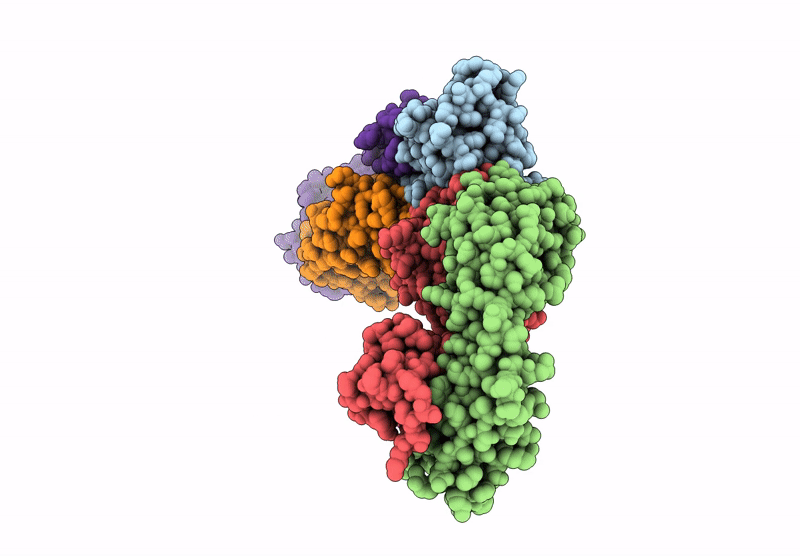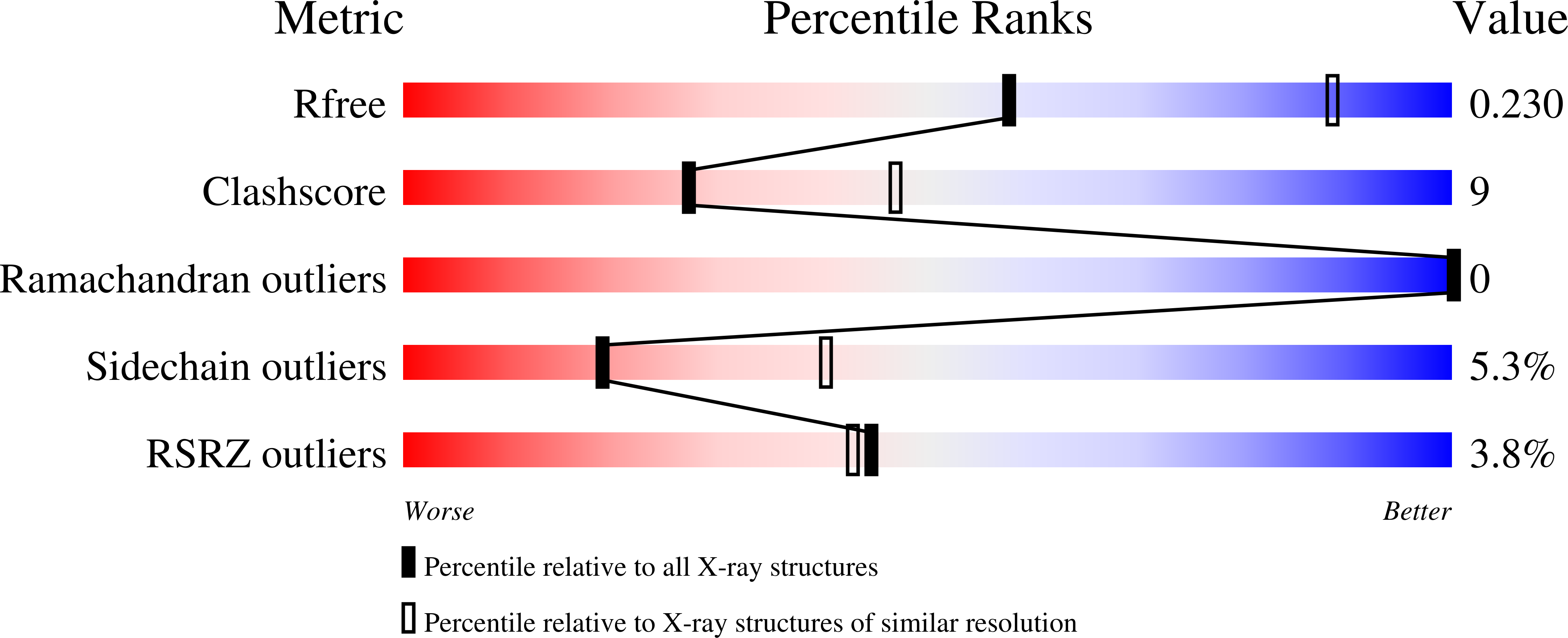
Deposition Date
2023-04-17
Release Date
2024-12-25
Last Version Date
2025-01-29
Entry Detail
Biological Source:
Source Organism:
Homo sapiens (Taxon ID: 9606)
Arachis hypogaea (Taxon ID: 3818)
Arachis hypogaea (Taxon ID: 3818)
Host Organism:
Method Details:
Experimental Method:
Resolution:
2.67 Å
R-Value Free:
0.23
R-Value Work:
0.19
R-Value Observed:
0.19
Space Group:
P 1 21 1


